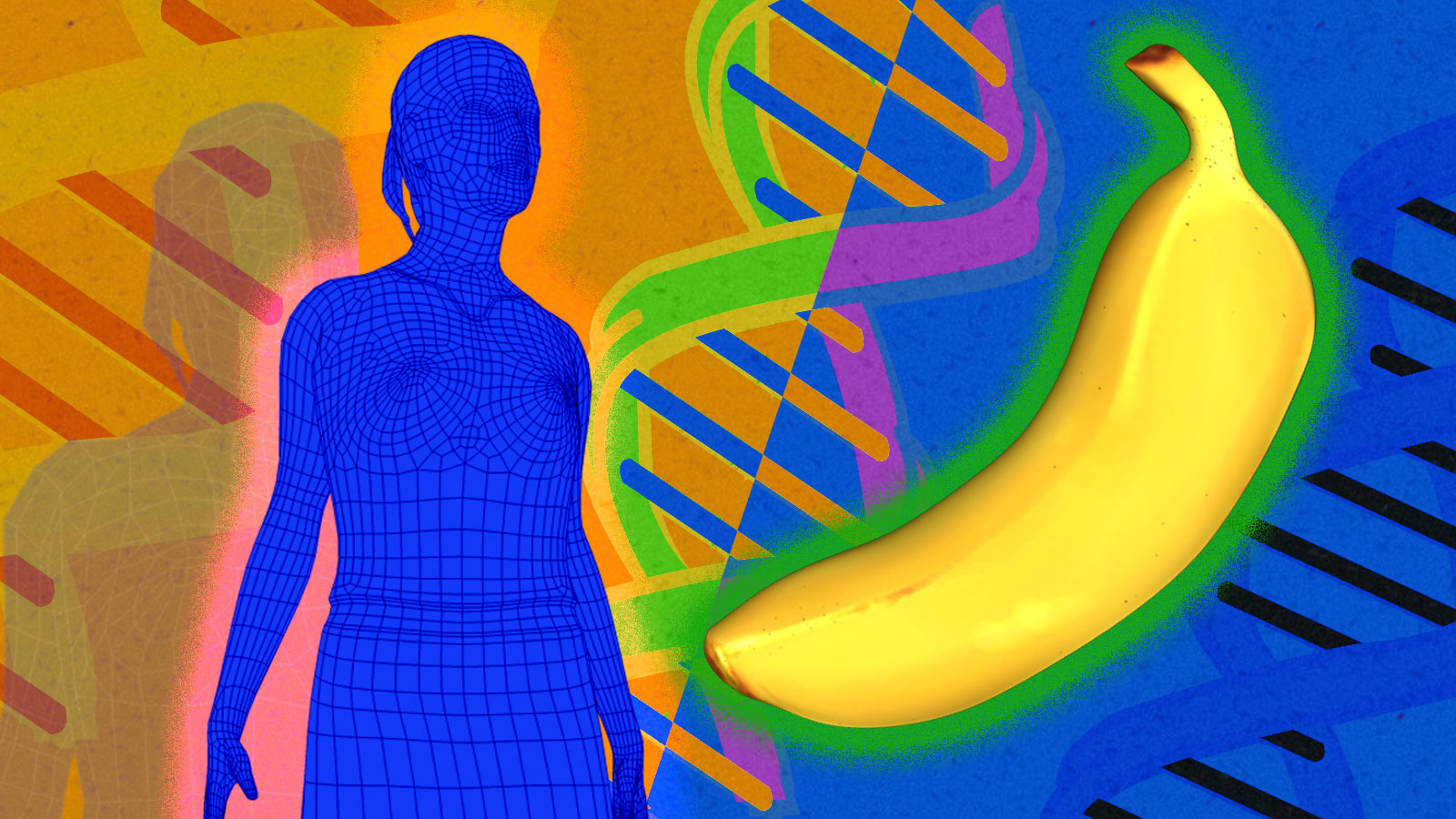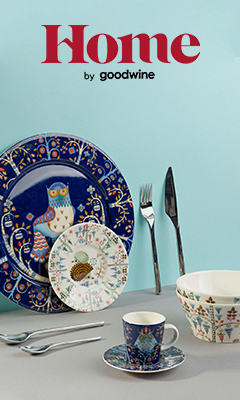Who do humans share 50% DNA with?

What do we share 90% of our DNA with
feline
Our feline friends share 90% of homologous genes with us, with dogs it is 82%, 80% with cows, 69% with rats and 67% with mice [1]. Human and chimpanzee DNA is so similar because the two species are so closely related. They both descended from a single ancestor species 6 or 7,000,000 years ago.
Who do humans share maximum DNA with
Chimpanzee: 96 percent identical
By studying the genomes of chimps (which after bonobos are our closest living ancestors), researchers are hoping to understand what makes us uniquely human.
Do humans share 99% of their DNA with each other
All human beings are 99.9 percent identical in their genetic makeup. Differences in the remaining 0.1 percent hold important clues about the causes of diseases.
Who do humans share 99.99 DNA with
As a result, we share roughly 90 percent of our DNA with mice, dogs, cattle, and elephants. Coming closer to home, the DNA of human beings and chimpanzees is 98 to 99 percent identical. The differences between us that we (and presumably the chimps) regard as significant depend on only 1 or 2 percent of our DNA.
What do humans share 70% of their DNA with
4. It's probably not that surprising to learn that humans share 98% of our DNA with chimpanzees–but incredibly, we also share 70% with slugs and 50% with bananas.
What is the other 98% of DNA used for
The mysterious majority – as much as 98 percent – of our DNA do not code for proteins. Much of this “dark matter genome” is thought to be nonfunctional evolutionary leftovers that are just along for the ride.
Can siblings share 70% DNA
Siblings share only half of their DNA
Only half of a parent's genes are passed on to each child, and siblings (except identical twins) don't inherit the exact same half. This means your siblings received some genes you didn't, and vice versa. You and your siblings share about 50% of your DNA with each other.
Do we share 50% DNA with trees
How much DNA do we share with plants and insects We also share a shocking amount of DNA with plants and insects. We share 50% of our DNA with trees, 70% with slugs (gross), 44% with honey bees, and even 25% with daffodils.
Can you share 100% DNA
Identical twins are the only siblings that share 100% of their DNA. Non-identical brothers and sisters share about 50% of inherited gene variants, which is why siblings and fraternal twins can be so different.
Is 99.5% the same DNA
The DNA of any two people on Earth is 99.6 percent identical. But 0.4 percent variation represents about 12 million base pairs, which can explain many of the differences between individuals, especially if the changes lie in key genes. Our environment also contributes to our individuality.
Is it possible to share 100% DNA
Identical twins are the only siblings who share 100 percent of their DNA. This is because identical twins are born when one zygote (formed by a sperm and egg cell) splits into two foetuses. This is quite a rare situation that only occurs in around three or four births per thousand.
Is 50% of human DNA shared with a banana
So, if a scientist looked at the DNA sequence of a banana and compared it with the DNA of a human it wouldn't align. "You share 50 percent of your DNA with each of your parents. But with bananas, we share about 50 percent of our genes, which turns out to be only about 1 percent of our DNA," emails Mike Francis, a Ph.
Is it true that 99% of the DNA in all humans is different only 1% is exactly the same
The DNA of any two people on Earth is 99.6 percent identical. But 0.4 percent variation represents about 12 million base pairs, which can explain many of the differences between individuals, especially if the changes lie in key genes.
Is 98% of our DNA junk
Our genetic manual holds the instructions for the proteins that make up and power our bodies. But less than 2 percent of our DNA actually codes for them. The rest — 98.5 percent of DNA sequences — is so-called “junk DNA” that scientists long thought useless.
Can you share 25% DNA with a sibling
The DNA Relatives feature uses the length and number of identical segments to predict the relationship between people. Full siblings share approximately 50% of their DNA, while half-siblings share approximately 25% of their DNA.
Are siblings always 50% related
Because of recombination, siblings only share about 50 percent of the same DNA, on average, Dennis says. So while biological siblings have the same family tree, their genetic code might be different in at least one of the areas looked at in a given test. That's true even for fraternal twins.
Why do I only share 50% DNA with my sister
Because of recombination, siblings only share about 50 percent of the same DNA, on average, Dennis says. So while biological siblings have the same family tree, their genetic code might be different in at least one of the areas looked at in a given test. That's true even for fraternal twins.
Is 25 shared DNA a lot
You share around 50% of your DNA with your parents and children, 25% with your grandparents and grandchildren, and 12.5% with your cousins, uncles, aunts, nephews, and nieces. A match of 3% or more can be helpful for your genealogical research — but sometimes even less.
Can you share 75% DNA with someone
One of the most interesting aspects of the data above is that a person will share 75% X-DNA, on average, with their maternal aunt. This might seem too high, since many close relatives only share 50%, on average. But the 75% value is correct.
Can you get a 100% DNA match
Comparing the DNA sequence of a child to a parent can identify if one of them was derived from the other. This does not mean that we can achieve a probability of 100%.
Is a DNA match 100%
High probabilities of 99% and above are commonly seen in DNA paternity testing, but never 100%. This is because results are based on statistical calculations. A result of 100% would only be possible if AlphaBiolabs tested every male of the same ethnicity as the biological father.
How much DNA do we share with dogs
Humans and dogs share 84 percent of their DNA, which again, makes them useful animals to study human disease processes.
Do we share DNA with lettuce
We know the genetic difference between sexes is around one in 20,000. We know chimps and bonobos share 99% of our genes. More startling is an even newer discovery: we share 99% of our DNA with lettuce.
Is our DNA 100% human
Slivers of DNA may hold the most significant clues as to what truly distinguishes modern human beings from our earlier ancestors.
Are all humans related to each other
All living people share exactly the same set of ancestors before the Identical Ancestors Point, all the way to the very first single-celled organism. However, people will vary widely in how much ancestry and genes they inherit from each ancestor, which will cause them to have very different genotypes and phenotypes.



0 Comments